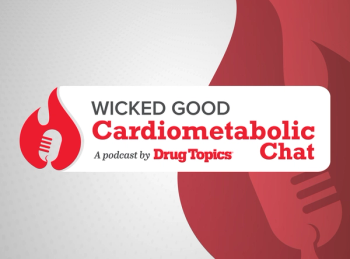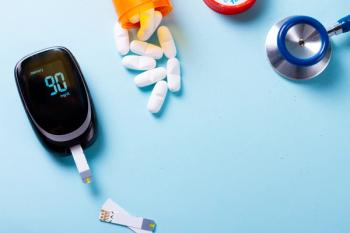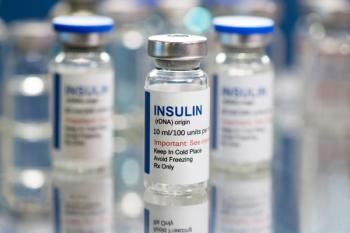
Real-Time CGM, Predictive Alarm Improves Glycemic Control in Adolescents with T1D
Patients using a predictive alarm saw a reduction of more than 40% in time spent below range in hypoglycemia and more than 60% in time spent in severe hypoglycemia.
The use of real-time continuous glucose monitoring (RT-CGM) with a predictive alarm for hypoglycemia significantly reduced the risk of hypoglycemic events among adolescents with type 1 diabetes (T1D), according to a study published in Diabetes, Obesity, and Metabolism.1
RT-CGM devices have become a widely used tool for the management of diabetes in recent years, especially in children and young people with T1D, the authors noted. They have become the standard in glycometabolic control, including among those managing diabetes with multiple daily insulin injections (MDI), and they allow for the analysis of extensive data on current glucose levels to help with therapy decisions.
When used in tandem with an insulin pump, RT-CGM can improve and maintain glycemic control via an integrated system; the gold standard for patients not using an insulin pump is still intensified basal-bolus MDI. However, the authors explained that the latter management protocol can elevate the risk of hypoglycemic events. Predictive alarm technology offers a potential solution to improve management in these patients by making them aware of glycemic trends and influencing therapeutic habits.
The crossover, monocentric, randomized study evaluated the efficacy of RT-CGM with predictive alarm technology in a group of 20 adolescents with T1D based on time below range over 8 weeks, including a run-in period, a pair of 2-week treatment periods—1 period with a predictive alarm 20 minutes prior to a 70 mg/dl threshold and 1 period with an alarm on threshold (AoT) at 70mg/dl—and a 2-week washout period. Ten patients were randomized to first use AoT then a predictive alarm, and 10 first used the predictive alarm followed by the AoT. Hypoglycemia was defined as less than 70 mg/dl, and severe hypoglycemia was defined as <54 mg/dl.
When participants were using the predictive alarm, they spent less time in hypoglycemia and severe hypoglycemia. With the predictive alarm, there was a reduction of more than 40% in time spent below range in hypoglycemia and more than 60% in time spent in severe hypoglycemia. The percentage of time below range in hypoglycemia with the predictive alarm was 1.68 vs 2.90 with the AoT (P < .02) and the percentages of time spent below range in severe hypoglycemia were 0.32 and 0.91, respectively (P < .02).
There was also a lower number of hypoglycemic events when the predictive alarm was used (0.65% vs 5.8%; P ≤ .01). Fewer grams of simple sugar for correction were consumed with use of the predictive alarm, as well (30.1 vs 125.5; P < .01). There was also an improvement in glucose control in terms of hyperglycemia and glycemic variability, the authors noted.
The study’s main limitation was the small number of participants, as well as the inclusion of adolescents only, limiting its generalizability. However, the authors noted that the adolescent group is one of the most notoriously difficult to treat, potentially making the inclusion of adolescents only a strength.
“In our study, we showed how the use of the predictive technology for hypoglycemia could help to reduce the risk of having a hypoglycemic event with the predictive alarm set at 20 minutes before, reducing the burden because of the frequency of CGM alarms,” the authors wrote. “With the used predictive alarm setting (a relatively short time before the hypoglycemic event), the system was able to alert participants in time, to avoid hypoglycemia, as shown by the significant reduction of numbers of hypoglycemic events recorded.”
Reference
1. Marigliano M, Piona C, Mancioppi V, Morotti E, Morandi A, Maffeis C. Glucose sensor with predictive alarm for hypoglycaemia: Improved glycaemic control in adolescents with type 1 diabetes. Diabetes Obes Metab. Published online January 4, 2024. doi:10.1111/dom.15432
Newsletter
Pharmacy practice is always changing. Stay ahead of the curve with the Drug Topics newsletter and get the latest drug information, industry trends, and patient care tips.




































































































































